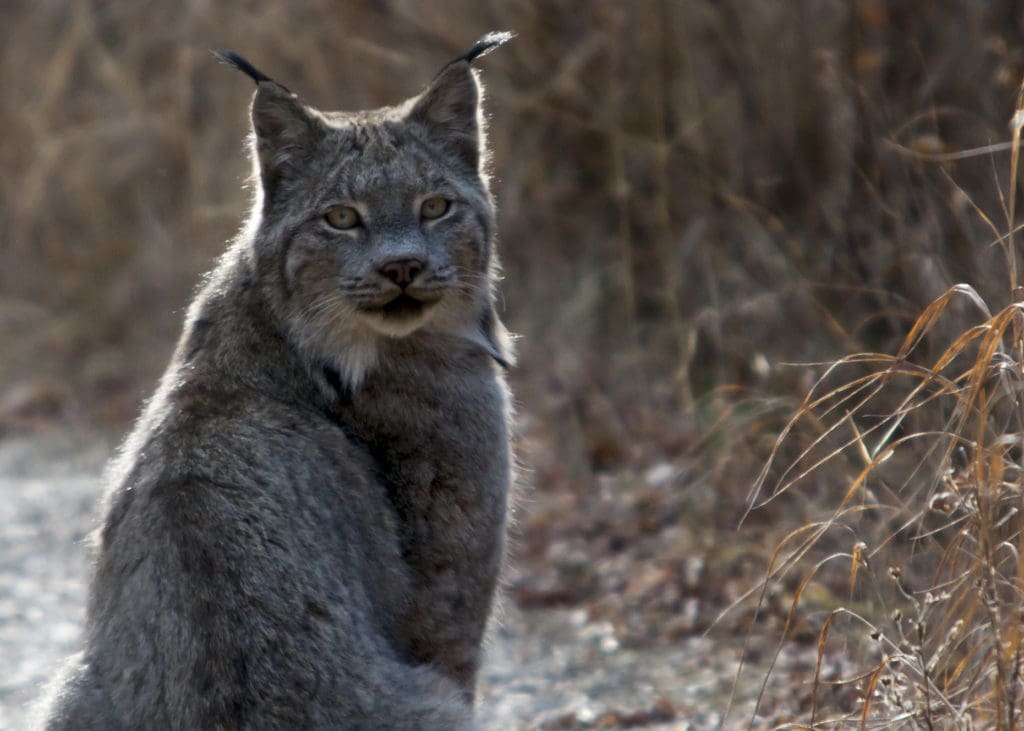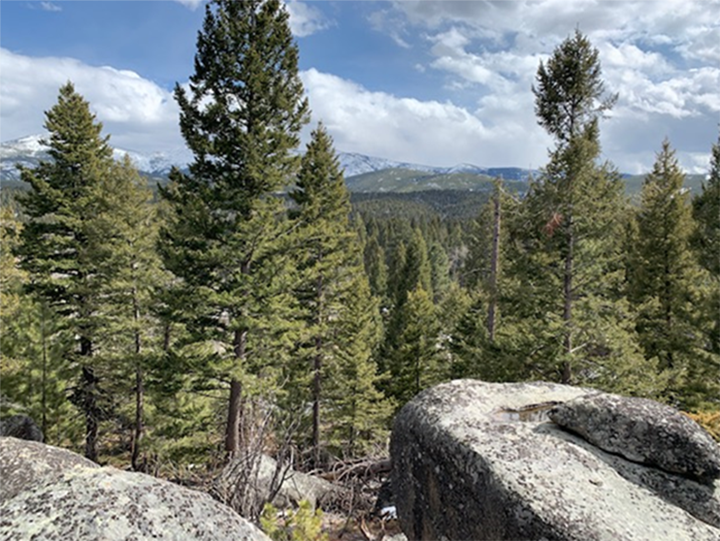For the southern parts of the Yellowstone to Yukon region, retaining and restoring connected habitat for wildlife is of great importance.
Parts of Idaho, Montana and Wyoming have incredible stretches of wild public lands. Not only is it beautiful to visit and recreate in, it is important habitat for wildlife such as elk, lynx, wolverines and grizzly bears. That’s why it is important to keep it intact.
One of the places Y2Y has been advocating for retaining connected habitat in is the Helena-Lewis and Clark National Forest located in western Montana. It contains critical wildlife corridors and is also home to the Upper Blackfoot Watershed, large sections of the Continental Divide, and the Elkhorn and Big Belt Mountains.
Historically, this landscape has been used for centuries by Indigenous peoples of various tribes including those now referred to as the Assiniboine, Blackfeet, Chippewa Cree, Confederated Salish and Kootenai, Crow, Eastern Shoshone, Gros Ventre, Sioux, Metis, Nez Perce, Northern Arapahoe, Northern Cheyenne, Shoshone-Bannock, and Little Shell Tribes. The landscape has deep archaeological history, as these peoples hunted here, and use it for cultural and spiritual reasons.

The forest provides essential habitat for a variety of wildlife such as elk, wolverine, and lynx. It is especially important for grizzly bear connectivity between the Northern Continental Divide Ecosystem and the Greater Yellowstone Ecosystem.
Being able to reconnect these populations is important to the genetic diversity of these bear populations. Reconnecting means they will thrive as they continue to move back into habitat they occupied long ago, so keeping this area intact is important for the right conditions for that to happen.
A revised forest plan, guiding future management for the next 20 or more years on this key landscape, was released in May 2020.
While the 2020 Helena-Lewis and Clark National Forest Plan includes some significant conservation gains, there are also some major issues. It fails to protect some very important areas and is missing important wildlife safeguards.
What’s good and what is concerning about the plan:
The good news is the plan incorporates important conservation measures including recommending wilderness designation for a significant portion of the roadless lands surrounding Nevada Mountain on the Continental Divide and the spectacular Silverking area, adjacent to the Scapegoat Wilderness.
It also protects 360 miles (579 kilometers) of rivers and streams for potential inclusion in the National Wild and Scenic Rivers System. This includes portions of the Dearborn River, Landers Fork of the Blackfoot River, and the Little Blackfoot River.
Concerns about the final Environmental Impact Statement and plan
While the plan revision made some significant improvements, it lacked key protections that would benefit Indigenous people, rural communities, and wildlife connectivity.
The Forest removed a key standard that had been in the draft plan which would have substantially strengthened protections for the Blackfeet’s federally recognized Traditional Cultural District in the Badger-Two Medicine. This standard would have required no adverse effects to cultural resources and traditional practices.
Further, proposed wildlife and wilderness protections are missing from the plan, including in the Elkhorn Wildlife Management Unit, the Camas Creek area in the Big Belt Mountains, and the Colorado Mountain area.
Wilderness designations were ignored that will specifically impair the reconnection of grizzly bears between the northern Continental Divide Ecosystem with the Greater Yellowstone Ecosystem.
Y2Y will work with partners to advocate for the forest management that will improve help communities, restore wildlife habitat connectivity, and protect Indigenous cultural resources and traditional practices.
If you commented earlier in the process and are interested in engaging on this plan around specific concerns, you can read about how to do so under “objections” on the 2020 Forest Plan and Draft Record of Decision page for the Helena-Lewis and Clark National Forest.


